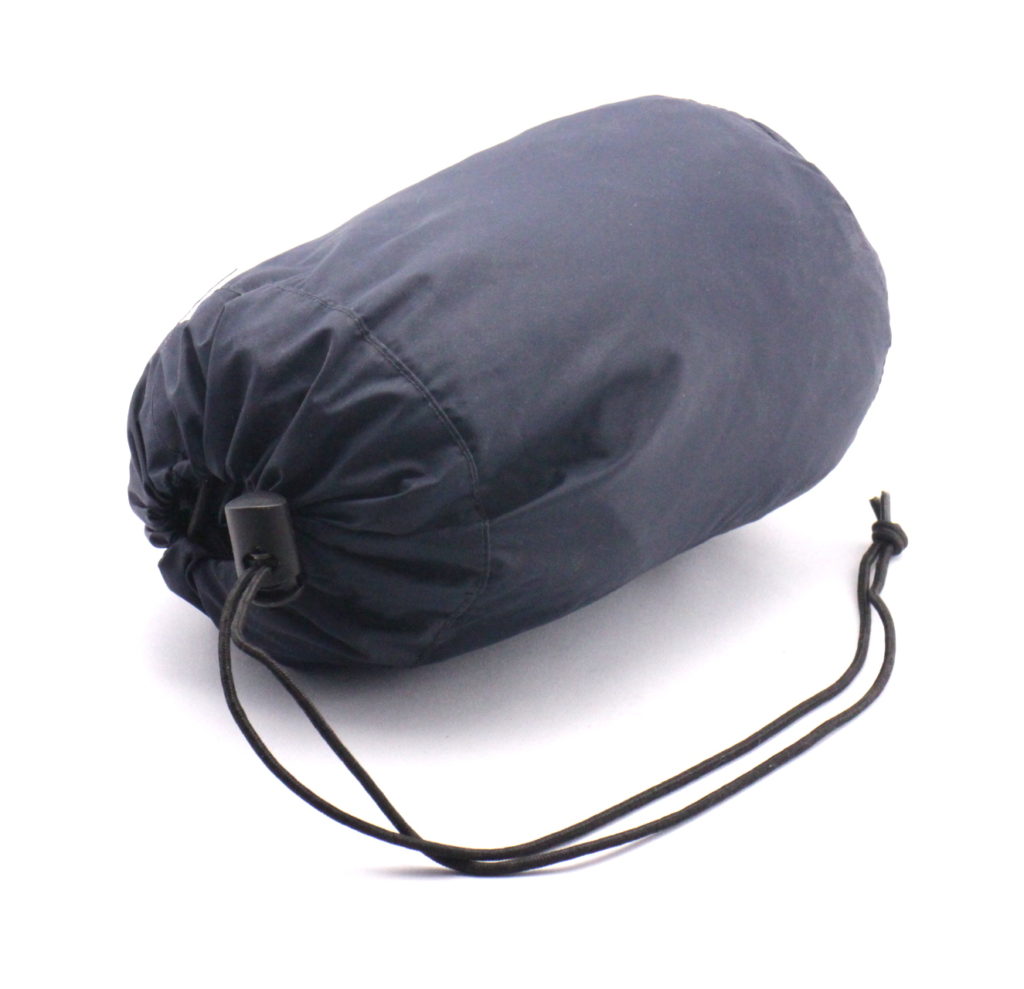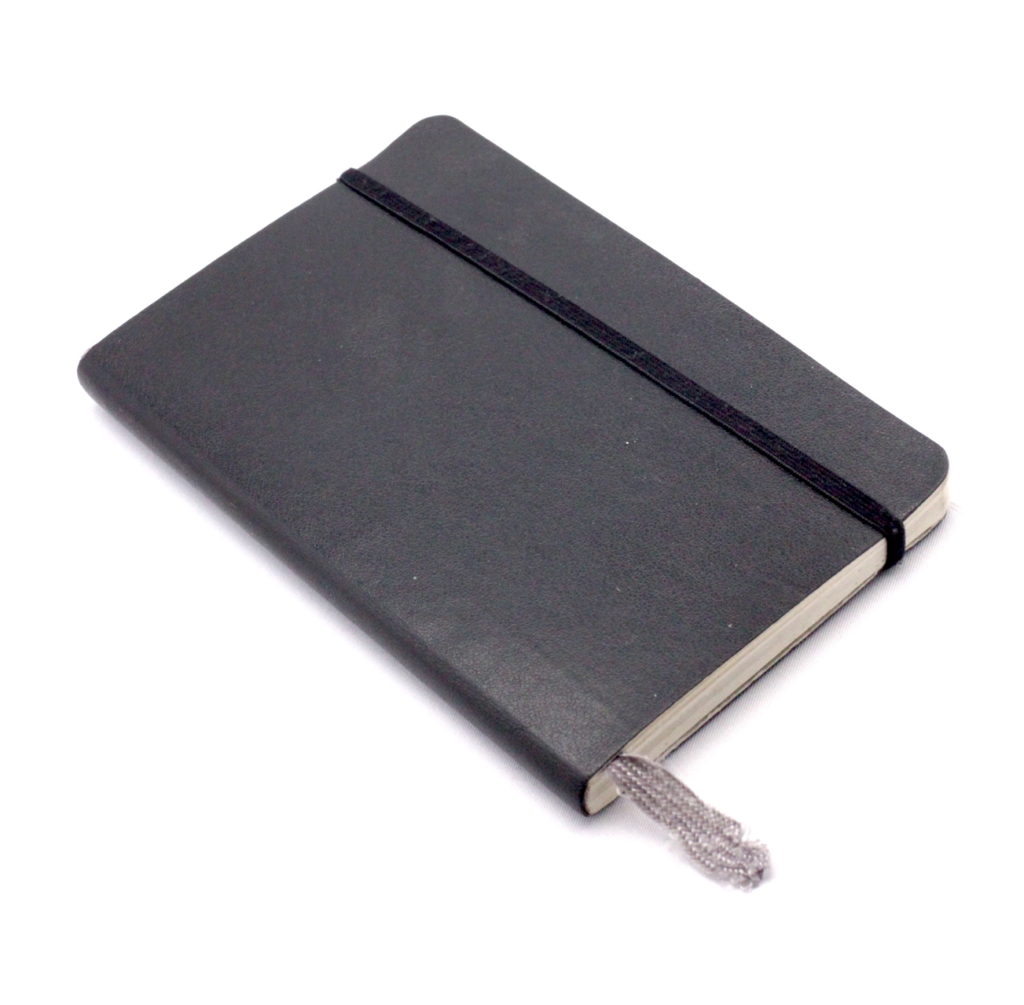Though these items may seem obvious, and it may feel like you’re packing to go off on a camping trip, as a film crew you need to be totally self sufficient and you’d be surprised how often the need for the simplest things comes up. These needs will of course vary between specific departments, but these general items should be useful no matter who you are and what you’re doing…
1) Appropriate Footwear

Now there are definitely a few factors at play here… you are going to be on your feet all day, so you need something comfortable… but what about weather conditions? You would not believe the number of times I have seen people turn up to a muddy outdoor shoot wearing thin white trainers! Clearly something has gone wrong here… the moment they step in a puddle, that high-tech breathable membrane is nothing more than a very ineffective sieve … and nothing makes you colder quicker (and for longer) than having wet feet. On the flip side, Wellington boots are not going exactly going to be a good option if you’re standing on solid concrete all day in a studio. Personally I have found that some sort of trainer/walking-boot hybrid gives the best balance of sturdiness, water resistance, weight and flexibility. The only downside being that they usually have lacing that can be a pain if you need to constantly take shoes off when going in/out (e.g. a posh house) – However a production will often supply “smurf shoes” (those blue plastic shoe covers) that can be quickly popped over your outdoor boots to protect floors and carpets indoors.
2) Extra Layers (Inc. Hat & Gloves)

As I’m based in the UK, unpredictable weather is just a fact of life – The very real possibility of bright warm sunshine turning instantly into thunderstorms and hail has taught me to be prepared. Your level of physical activity can also vary a great deal from moment to moment, hours of standing still on a windy hilltop, may quickly become intense hauling of equipment back into a heated easy-up for cast/crew. Consequently it is a good idea to wear an outfit made up of layers that can be added and removed to reflect your current situation… easiest is to have both a long-sleeved and short sleeved t-shirt and a lighter jacket with a tight-weave with you so you can mix and match.
A hat (with a brim) is also great for keeping heat in, the rain off, and shielding your eyes from bright lights and the sun without needing sunglasses (which I have a tendency to lose or break) – with the added benefit of protecting your head when you inevitably bang it on a piece of equipment you didn’t see.
Top Tip: It is better to wear darker colours, especially if you’re going to be near talent in confined spaces as a white t-shirt will act like a reflector affecting the light levels on your performers.
3) Raincoat (or poncho)

Though some people swear by heavier jackets, like those from North Face (or similar) I’ve always found that I prefer to travel light whenever possible. If the heavens suddenly decide to tip buckets of water on your head, an umbrella is not going to allow you to stay mobile and keep your hands free. A lightweight raincoat or poncho can be pulled out in seconds and then packed away incredibly small into the pouch that came with it – especially helpful to keep separate from other items when it’s wet – but don’t forget to take it out and dry off when you get home home, otherwise mould may start to appear (Remember what happened to that muddy school sportswear you left in the bag for a few weeks? Yuck!)
4) USB Battery

With smartphones filling in tasks for so many other gadgets, like maps email, camera, compass, spirit level… they are constantly in use so may have little to no juice left by the time you need to organise transport or navigate your way home. Though you could always take a plug-in phone charger with you, it still relies on mains power… which may very well be unavailable to you on set… and even if it is, the gaffer will not appreciate you using the limited available sockets that they have carefully planned to use for lighting and other equipment.
Top Tip: Never unplug anything on set without asking a member of the electrical dept first!
Overall, a much better option is to take your own energy with you! Even a small power bank should be able to fully recharge your phone 2-3 times, which should easily get you through the day. (And maybe even a less prepared crew member too!)
5) Torch

Though most phones these days have an LED built in that can be used as a torch, this is one of the most power hungry drains on your, already dwindling, battery life. It is a much better idea to have a separate dedicated torch. Though absolutely essential if shooting at night, don’t underestimate how dark some internal locations can be, especially if you’re tucking cables, or equipment into cupboards or behind built sets in a big studio. Something that also gets old very quickly is having to hold a torch in your mouth to keep your hands free, so it is probably worth investing in a head-torch if you find yourself working in the dark very often.
Top Tip: If you get caught out without a head torch, a couple of cable ties can easily attach one to your Hat in an emergency – the downside you’ll have to wear it sideways and people will spend all night calling you “Marky Mark”
6) Pen

The ubiquitous “sharpie” (fine-point permanent marker) is useful for so many things – from marking your name on cups and water bottles, to writing info/warnings on the fabric tape everyone seems to have, to writing signs directing people to the nearest toilet.
Top Tip: As probably around 50% of the crew will have one of these… the other 50% will constantly want to borrow them… so keeping track of yours is going to be tricky. You could always use a different colour, but black is still the most useful – You can either take loads of spares, or simply put a piece of coloured tape on yours to identify it.
7) Notebook

Though once again a smartphone is good for taking down info and writing lists… it’s not so helpful if you need to write notes to leave for other people, and the battery issue is always a concern. Personally I don’t like spiral bound notebooks as they inevitable get crushed in your pocket, preventing them from working properly – I prefer a small glued notebook (maybe A6 size max) with removable perforated pages that fits easily in your pocket. (I’m pretty sure they are standard issue for police officers for pretty much the same reasons)
8) Bottle of water

Most productions will often provide bottled water, (or disposable plastic cups) but I’m sure we all want to do our bit to reduce rather than add to the mountains of plastic waste choking our planet. The first step would be to keep any bottle issued to you, write your name on it (Using your trusty Sharpie), keep hold of it for the duration of the shoot and refill it whenever you can – ideally from a tap. Beyond this, you could easily invest in a “bottle for life” water bottle – re-useable, washable and unmistakably yours… just don’t leave it in the middle of a shot (Naming no names #GoT!)
9) Snack

Something small and calorie dense eg. cereal bar or nuts, just in case. (Especially if you have dietary requirements) Though your production should (and probably will) have asked about this beforehand, sometimes the meal options presented to vegetarians (and worse for Vegans) can be particularly… let’s say “disappointing.” Let alone if you have medical concerns like allergies or Coeliac disease. Even if none of these things are a concern, the unpredictable nature of filming can mean that mealtimes can be delayed, resulting in less than appetising tepid food… and snacking options available can often be somewhat unhealthy (eg. Chocolate Biscuits) Plus, tt always puts a smile on my face, when I realise theres a little something waiting for me in my bag after i start the long journey home after a shoot.
10) Bag

Obviously this needs to be large enough to fit all of the other items inside it, but the most important thing is that it must be ok to put down on wet surfaces as you never quite know where you’re going to be setting up basecamp. (Second most important is that it can be sealed from impending weather)
As you progress and discover which department you feel is the best fit, you will find that they each have their preferred storage methods… Camera assistants tend to have a “floor bag” (A heavy-duty wide rectangular leather bag with a flip-top lid and soft felting on the inside – usually red or blue, great for ensuring no damage to sensitive kit) whereas makeup teams seem to have a collection of lightweight aluminium hardcases with numerous trays that fold out to reveal a plethora of coloured pots and brushes.
Bonus:
One last thing that you should always take with you is the right attitude. Things can get pretty hectic and stressful on a film set, but always remember that even if heads can occasionally butt together (both literally and figuratively) everyone is working towards the same goal…to make a great film. A positive outlook and friendly manner go a long way to making shoots fun and feel worthwhile for everyone.
Top Tip: READ THE CALL SHEET – the 1st AD (or one of their assistants) spent time and effort putting this info all in one place and sending it out to you, so the least you can do is actually read it BEFORE asking them redundant questions about where you’re going, where to park etc.
